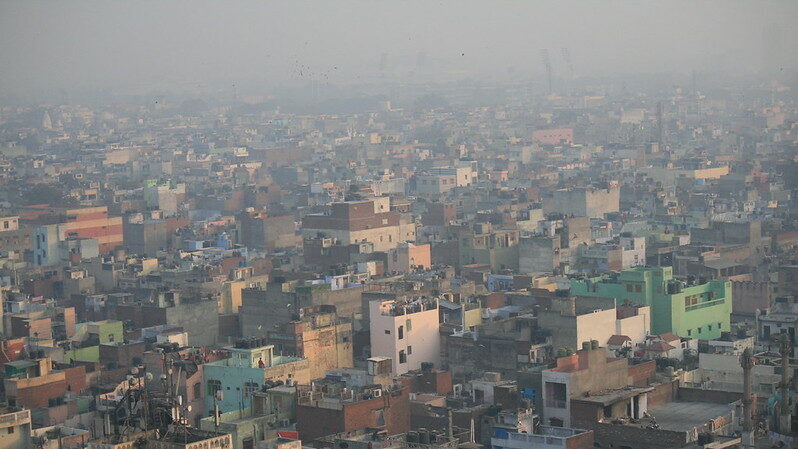
Nearly everyone globally exposed to high levels of tiny air pollutants: Lancet study

Nearly everyone across the world is exposed to unhealthy levels of small air pollution particles called PM2.5, according to a study published in The Lancet Planetary Health journal.
Researchers at Monash University in Australia found that only 0.18 per cent of the global land area and 0.001 per cent of the global population are exposed to levels of PM2.5 — the world’s leading environmental health risk factor — below the safety levels recommended by World Health Organization (WHO).
Also read: Delhi-NCR grapples with toxic air as pollution touches emergency levels
PM2.5 level up in South Asia
While the daily PM2.5 levels have reduced in Europe and North America in the two decades to 2019, levels have increased in South Asia, Australia, New Zealand, Latin America and the Caribbean, with more than 70 per cent of days globally seeing levels above what is safe. The team utilised traditional air quality monitoring observations, satellite-based meteorological and air pollution detectors, statistical and machine learning methods to more accurately assess PM2.5 concentrations globally.
“We used an innovative machine learning approach to integrate multiple meteorological and geological information to estimate the global surface-level daily PM2.5 concentrations at a high spatial resolution of approximately 10km ×10km for global grid cells in 2000-2019, focusing on areas above 15 micrograms per cubic metre (g/m3), which is considered the safe limit by WHO,” said Professor Yuming Guo, from the Monash University.
“The unsafe PM2.5 concentrations also show different seasonal patterns that included Northeast China and North India during their winter months (December, January, and February), whereas eastern areas in northern America had high PM2.5 in its summer months (June, July, and August),” he said.
Also read: Maharashtra’s aerosol pollution to enter highly vulnerable red zone in 2023: Study
PM2.5 level high on 70% of days
The study found that despite a slight decrease in high PM2.5 exposed days globally, by 2019 more than 70 per cent of days still had PM2.5 concentrations higher than 15 g/m3. In southern Asia and eastern Asia, more than 90 per cent of days had daily PM2.5 concentrations higher than 15 g/m3, the researchers said.
Globally, the annual average PM2.5 from 2000 to 2019 was 32.8 µg/m3, they said. The study found that the highest PM2.5 concentrations were distributed in the regions of Eastern Asia (50.0 µg/m3) and Southern Asia (37.2 µg/m3), followed by Northern Africa (30.1 µg/m3).
Australia and New Zealand (8.5 g/m3), other regions in Oceania (12.6 g/m3), and Southern America (15.6 g/m3) had the lowest annual PM2.5 concentrations, the researchers added.
(With Agency inputs)


